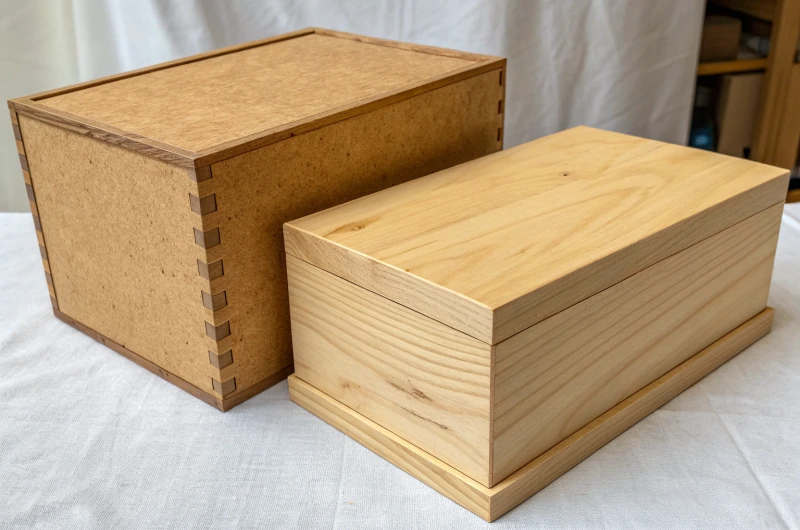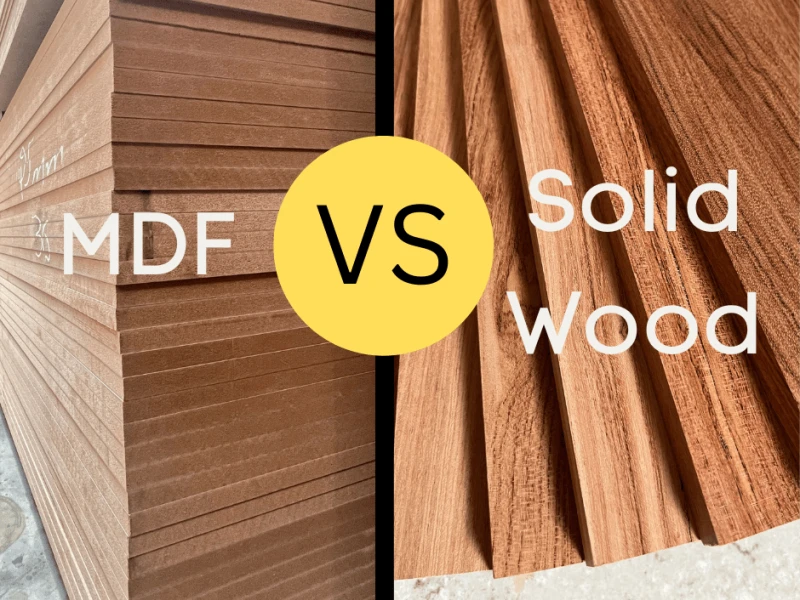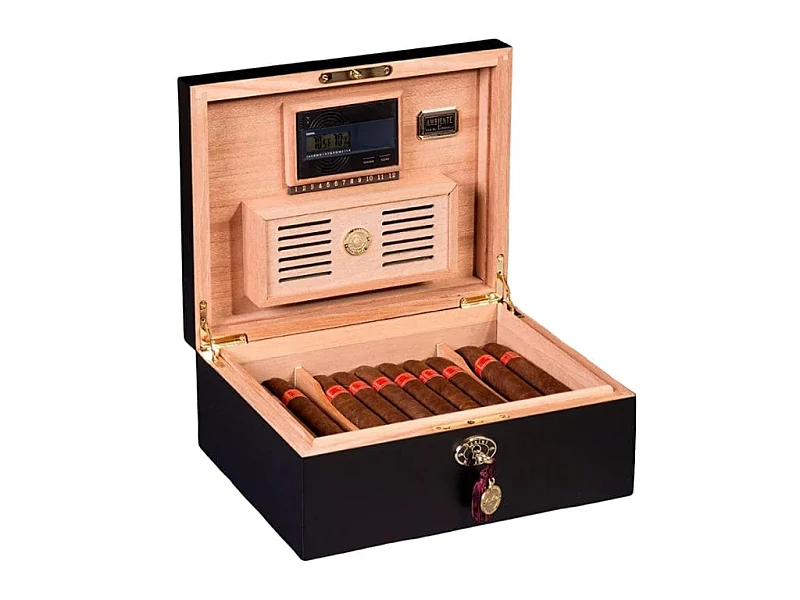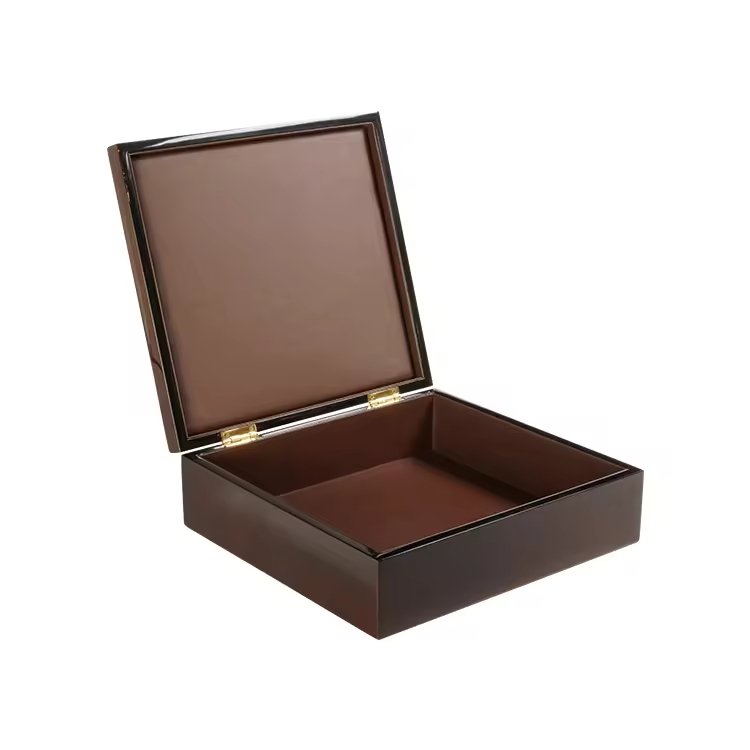
Luxury cigar brands aim for global appeal, but diverse markets often reject designs that ignore their cultural preferences.
Cigar box style expectations vary by region, so brands must consider cultural influence, lifestyle, and symbolism when designing packaging.
With 15 years in high-end wooden cigar box production, I will explain how regional preferences shape design strategies.
Why do cultural backgrounds shape distinct expectations for cigar box design?
Cultural background influences how people view luxury and presentation, so expectations are never the same worldwide.
Cultural values define beauty, status symbols, and usability, which directly shape cigar box design preferences.
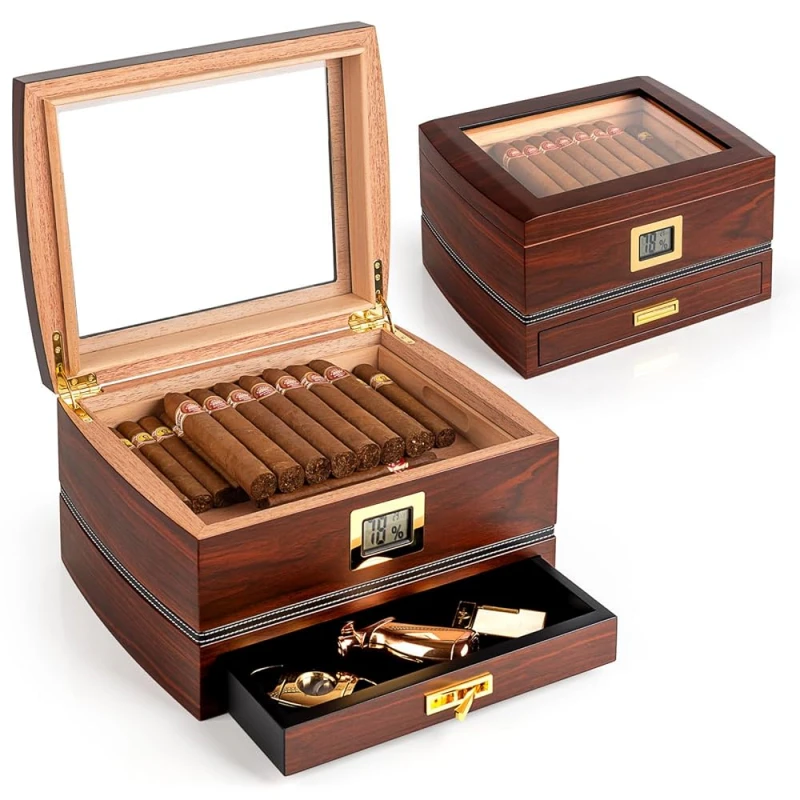
In my experience, cigar boxes are not only storage—they are cultural statements. For example, Western buyers often admire clean craftsmanship and subtle branding. Middle Eastern buyers, however, tend to prefer richer, more ornate designs.
Symbolism and values
- In Europe, restraint and tradition communicate quality.
- In the Middle East, bold colors and decorative finishes symbolize wealth.
- In Asia, balance, function, and modesty align with cultural ideals.
Lifestyle influence
In cultures where cigars are smoked in private lounges, understated boxes are preferred. In places where cigars are displayed socially, boxes need to impress visually.
| Culture | Style Focus | Typical Preference |
|---|---|---|
| European | Tradition, craft | Classic veneers, gold trim |
| Middle Eastern | Wealth, display | Gloss lacquer, bold colors |
| Asian | Balance, order | Minimal but functional |
| American | Moderner Luxus | Sleek design, clear branding |
Culture is not a minor detail—it is the foundation of design expectations.
How do U.S. and European markets differ in their preference for modern vs. classic styles?
Both U.S. and European markets value luxury, but their design tastes diverge.
U.S. buyers lean toward modern, sleek, and bold branding, while European buyers prefer classic, traditional craftsmanship.

From my work with American clients, I noticed they often request boxes with contemporary finishes—high-gloss lacquers, sharp edges, and metal accents. They like designs that stand out on retail shelves. Logos are usually prominent, sometimes in bold metallic foil.
In contrast, European brands usually request subtlety. They prefer wood veneers such as walnut, mahogany, or oak, paired with soft satin finishes. Their logos are smaller, often embossed or engraved rather than flashy.
American vs. European comparison
| Merkmal | U.S. Market Preference | European Market Preference |
|---|---|---|
| Stil | Modern, schlank | Classic, traditional |
| Branding | Bold, visible logos | Subtle, engraved or embossed |
| Materialien | High-gloss, metal accents | Natural veneers, satin finishes |
| Auswirkungen auf den Markt | Eye-catching shelf presence | Heritage-driven luxury appeal |
These differences reflect lifestyle: Americans prefer bold statements, while Europeans value tradition and heritage.
What design elements are especially valued in Middle Eastern markets for luxury presentation?
Middle Eastern luxury markets place strong emphasis on opulence and social display.
Cigar boxes for Middle Eastern buyers often feature high-gloss lacquer, bold colors, gold accents, and intricate ornamentation.
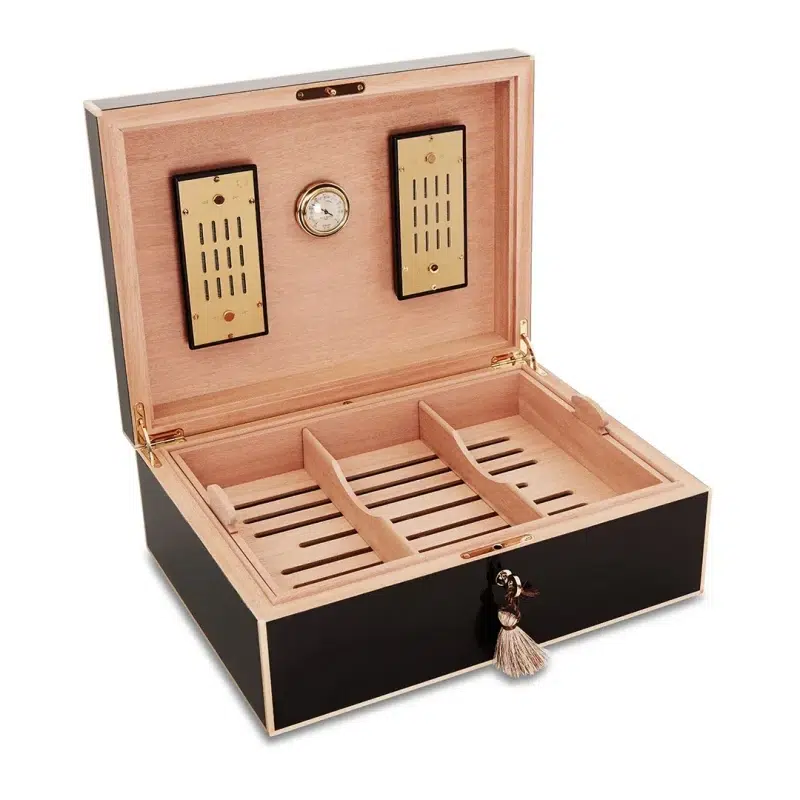
From my experience with clients in Dubai and Riyadh, presentation is critical. Cigar boxes are often displayed as luxury objects in private homes, lounges, and offices. They must reflect prestige and wealth.
Key design features valued:
- Colors: Black, deep red, and rich gold dominate.
- Finishes: High-gloss lacquer and piano-polish finishes.
- Details: Metal plaques, gold hinges, and velvet linings.
- Größe: Larger boxes preferred, as they symbolize abundance.
Cultural insight
In this region, cigars are often shared socially, so presentation is as important as preservation. A visually stunning box enhances the overall smoking experience.
This is why I often recommend integrating decorative elements, like marquetry or inlaid metal, for Middle Eastern clients who want their packaging to look luxurious even before opening.
How does packaging for Asian markets balance minimalism with practicality?
Asian buyers often focus on function, order, and modest beauty.
Asian markets prefer minimalistic designs that balance elegance with practical usability, avoiding unnecessary decoration.
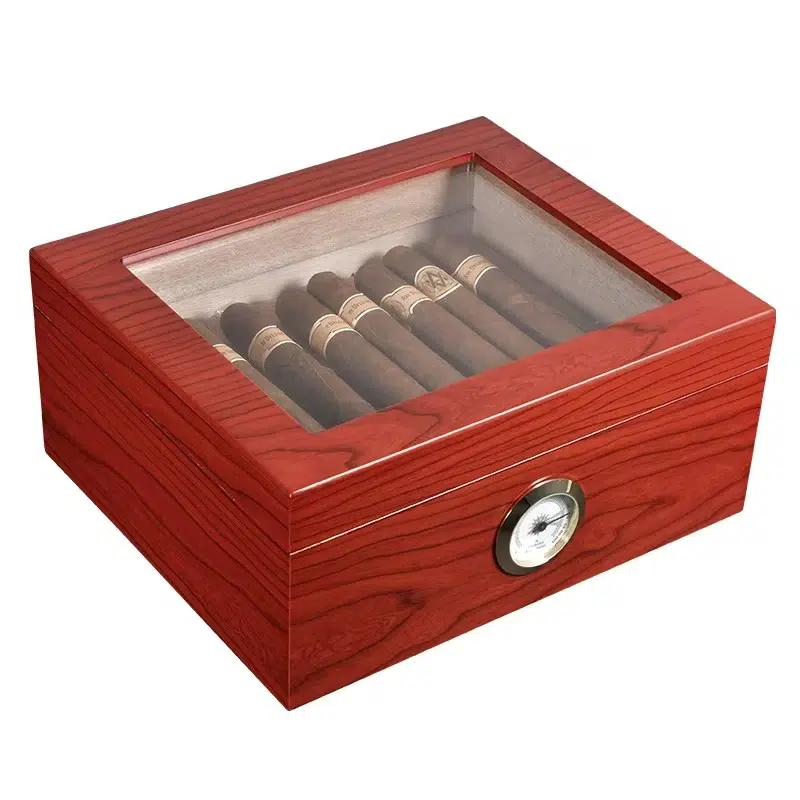
In China and Japan, luxury is expressed through precision and balance rather than excess. A box with clean lines, neutral tones, and practical compartments is valued more than one overloaded with decoration.
Design directions in Asia:
- Finishes: Matte lacquer, smooth veneers, natural tones.
- Structure: Compact boxes with organized trays for efficient storage.
- Details: Minimal logos, subtle metallic accents, refined edges.
Example from practice
A Japanese client once ordered a limited cigar box collection with a strict request: “no shiny gold, no big logos.” They wanted understated design, focusing on craftsmanship and functionality. The final product used open-pore oak veneer with a soft matte finish. Buyers praised it as “quiet luxury.”
Practicality and refinement are key to appealing to Asian cigar enthusiasts.
Why can a “one-size-fits-all” design limit brand acceptance in diverse regions?
Brands sometimes want to simplify design across regions, but this can backfire.
A single universal design risks alienating customers, as it may not align with regional cultural and aesthetic expectations.
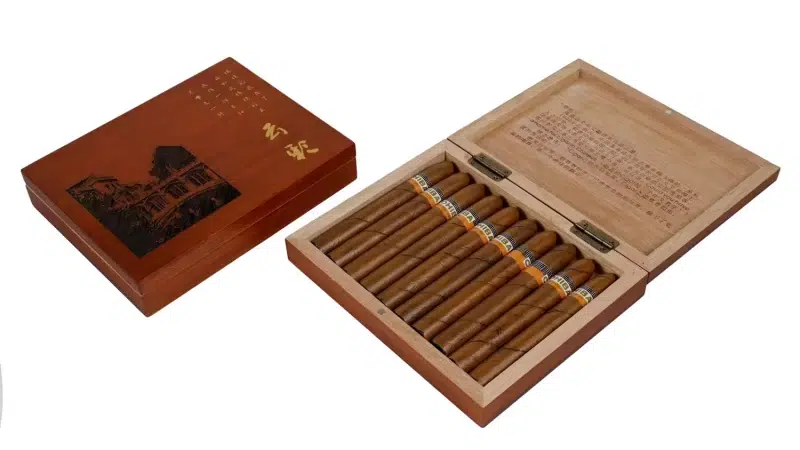
I have seen brands lose opportunities when they insisted on a single design strategy. A box that worked well in Europe looked too plain in the Middle East, and one that attracted Americans appeared too flashy in Asia.
Risks of ignoring regional differences:
- Loss of cultural resonance
- Weak customer connection
- Reduced market acceptance
- Lower brand loyalty
Example case
One brand launched the same cigar box in multiple regions. It had a bold red lacquer finish with a large metallic logo. It sold well in the U.S., but in Germany, buyers described it as “too loud.” In Japan, customers rejected it for lacking refinement.
This shows how a rigid one-size-fits-all design can limit global success.
How to build a flexible design strategy that respects regional tastes while keeping brand identity unified?
The challenge is to satisfy local markets without losing brand consistency.
A layered design strategy allows flexibility for regional preferences while maintaining a unified core identity.
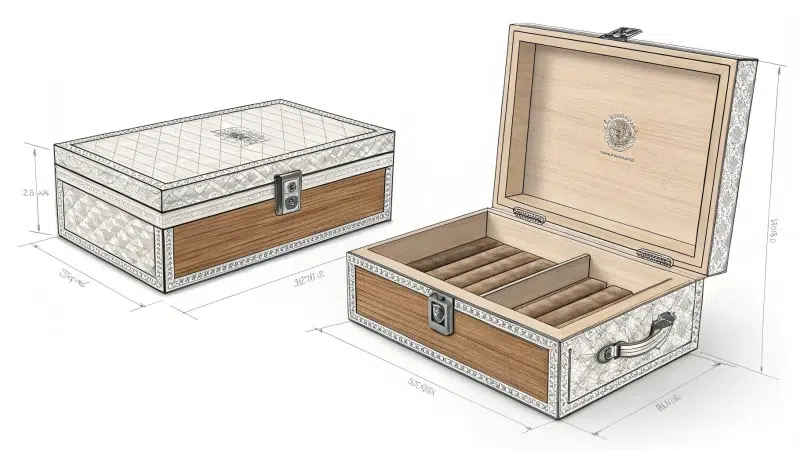
From my production experience, I recommend a “core + variation” approach:
Step 1: Core Identity
Keep structural template, logo shape, and overall box proportions consistent.
Step 2: Regional Variation
Adapt finishes, color palettes, and branding intensity to local preferences.
Step 3: Controlled Customization
Offer special editions tailored for markets where exclusivity is valued.
Example strategy
One client used a standard structure and brand plate across all regions. For Europe, they chose walnut veneer with engraved logos. For the U.S., they used glossy black lacquer with foil branding. For the Middle East, they added gold accents and velvet lining. This balance kept the brand unified but adaptable.
| Element | Unified Core | Regional Adaptation |
|---|---|---|
| Structure | Standard box | Keine |
| Logo Shape | Same design | Placement, size adjusted |
| Beendet | Base options | Colors, lacquer intensity |
| Innenbereich | Fixed trays | Material variation |
This flexible system allows global brands to meet local tastes without sacrificing identity.
Schlussfolgerung
Cigar box design is never universal. Regional styles reflect culture and values, so flexible strategies are essential for global success.
Markenname: WoodoBox
Slogan: Maßgefertigte Holzkisten, handwerklich perfekt gefertigt
Website: www.woodobox.com
WhatsApp: +86 18359265311

